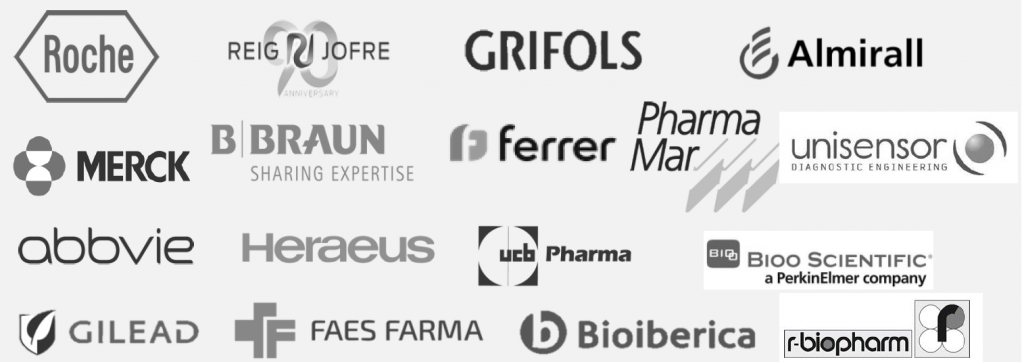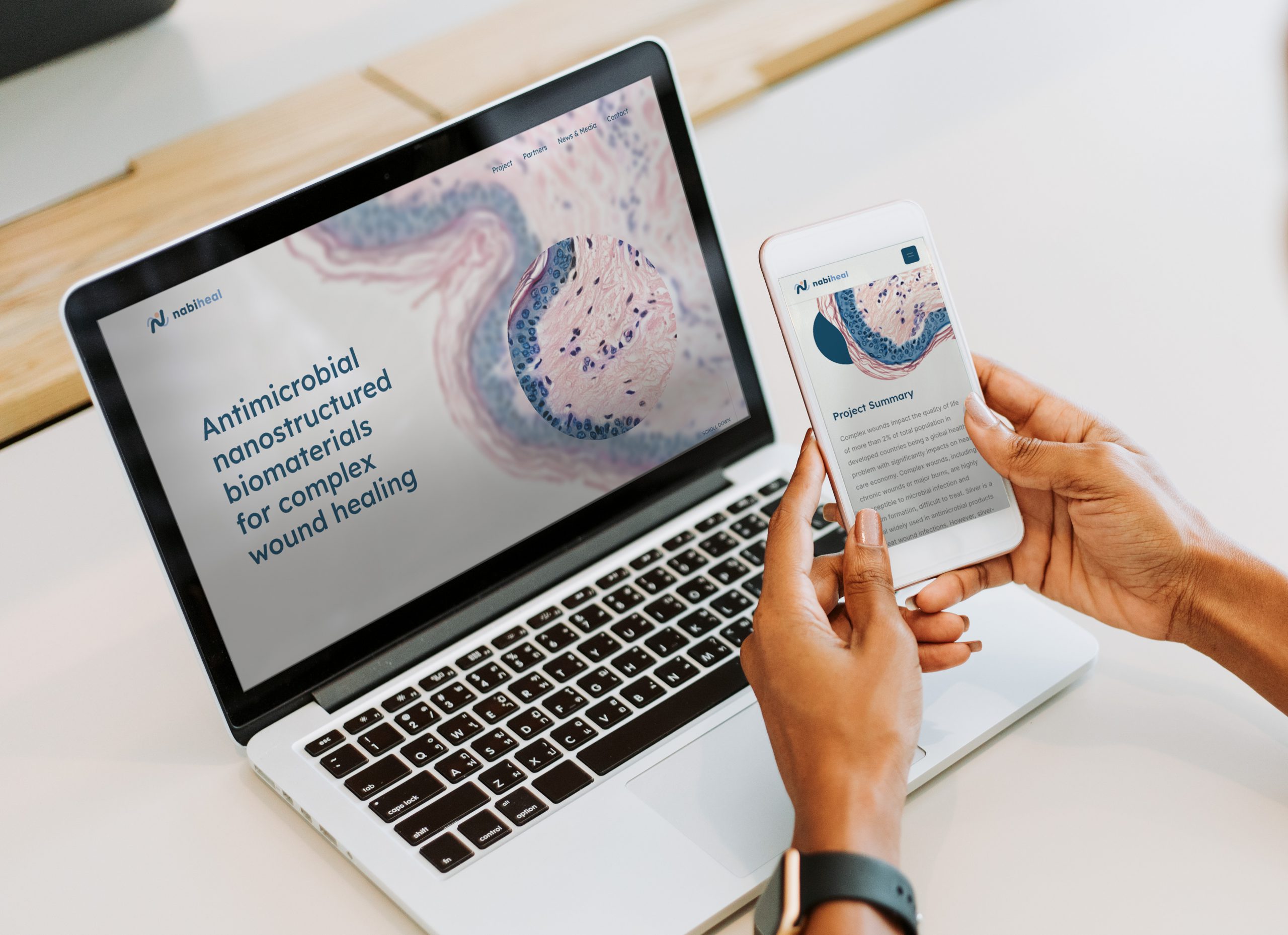Reaching for the unreachable: New efforts to treat Lysosomal Storage Diseases
NANBIOSIS researchers pioneer novel treatments for Lysosomal Storage Diseases utilizing extracellular vesicles and liposomes, offering hope to patients.
1 March 2024, Vall d’Hebron Research Institute/ICMAB-CSIC (Barcelona)
Lysosomal Storage Diseases (LSDs) encompass a group of rare disorders caused by mutations in lysosomal proteins. These mutations can lead to dysfunctional proteins responsible for breaking down cellular materials, resulting in the accumulation of deposits. Such accumulations can manifest in various neurological symptoms, ranging from progressive neurodegeneration to severe cognitive impairment. Often emerging in childhood, LSDs tragically culminate in premature death for many patients.
Currently, up to 14 subtypes of LSDs can be treated using Enzyme Replacement Therapy (ERT). This therapy involves repeated intravenous administrations of non-mutated proteins to replace the dysfunctional protein that the patient naturally produces. However, this treatment modality is effective only for diseases caused by enzyme mutations. Moreover, intravenously administered enzymes often fail to reach the brain, leaving patients with neurological manifestations of LSDs untreated.
In response to this, the Clinical Biochemistry, Drug Delivery & Therapy (CB-DDT) group at VHIR (in which the Unit 20 of NANBIOSIS is integrated) is playing a pivotal role in acknowledging this issue. Our researchers are pioneering the use of Extracellular Vesicles (EVs) to deliver functional lysosomal proteins to affected cells and organs. EVs, which are tiny particles naturally utilized by cells for intercellular communication, offer a promising avenue as drug delivery systems. The project, which will culminate this year 2024, aims to engineer EVs for enhanced protein delivery and selectivity. This potentially addresses LSDs with a neurological manifestation, and allows to more effectively reach key affected organs, like in the case of heart and kidneys in Fabry disease [1]. Moreover, this technique could also set the stage for treatments aiming to address LSDs caused by transporter deficiencies, another remaining challenge of these dreaded genetic conditions.
The results of this fruitful collaboration between Units 6 and 20 have derived in the generation of our “Enzyme-loaded Nanovesicles” service, one of the flagship Cutting-Edge Biomedical Solutions of NANBIOSIS.
The role of liposomes:
Additionally, the CB-DDT group is collaborating with the NANOMOL group at ICMAB, home of NANBIOSIS Unit 6. Thanks to this collaboration, the researchers managed to explore the use of liposomes, a type of synthetic nanoparticle, as a targeted therapeutic vehicle to enhance ERT effectiveness.
The results of this fruitful collaboration between Units 6 and 20 have derived in the generation of our “Enzyme-loaded Nanovesicles” service, one of the flagship Cutting-Edge Biomedical Solutions of NANBIOSIS. This allows our clients to precisely load enzymes into nanovesicles, which can be applied in targeted therapies for various disorders. This service includes direct applications in many rare diseases, but it can be expanded to any application that requires a well-defined nanovesicle. You can check more information about this Cutting-Edge Biomedical Solution here.
The ongoing research and multiple collaborations hold promise not only for improving current therapies but also for expanding treatment options for LSD patients. This could potentially offer hope where there was previously none. As the collaboration between VHIR and ICMAB continues to yield groundbreaking insights, the future of LSD treatment appears increasingly optimistic.
This article is in the context of Rare Disease Day 2024. To stay up to date, visit our news section here.
References:
[1] Seras-Franzoso J, Díaz-Riascos ZV, Corchero JL, González P, García-Aranda N, Mandaña M, Riera R, Boullosa A, Mancilla S, Grayston A, Moltó-Abad M, Garcia-Fruitós E, Mendoza R, Pintos-Morell G, Albertazzi L, Rosell A, Casas J, Villaverde A, Schwartz S Jr, Abasolo I. Extracellular vesicles from recombinant cell factories improve the activity and efficacy of enzymes defective in lysosomal storage disorders. J Extracell Vesicles. 2021 Mar;10(5):e12058. doi: 10.1002/jev2.12058. Epub 2021 Mar 12. PMID: 33738082; PMCID: PMC7953474.Additional information:
The goal of NANBIOSIS is to provide comprehensive and integrated advanced solutions for companies and research institutions in biomedical applications. All of this is done through a single-entry point, involving the design and production of biomaterials, nanomaterials, and their nanoconjugates. This includes their characterization from physical-chemical, functional, toxicological, and biological perspectives (preclinical validation).
In order to access our Cutting-Edge Biomedical Solutions, place your request here.
NANBIOSIS has worked with pharmaceutical companies of all sizes in the areas of drug delivery, biomaterials and regenerative medicine. Here are a few of them:





















